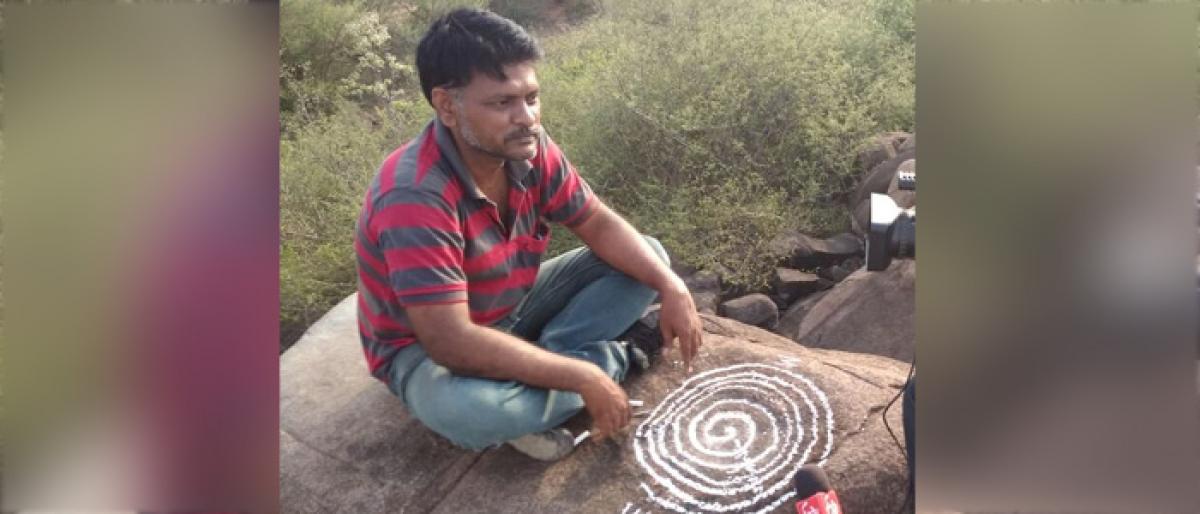Live
- PM Modi pays homage to ‘the great’ Balasaheb Thackeray on his death anniversary
- One who cares for Delhi will not stay with gang of robbers: Sachdeva on Gahlot's resignation
- From Self-Doubt to Self-Love: Vange Cain’s Inspirational Path
- Rahul Gandhi remembers Balasaheb Thackeray on his death anniversary
- Tomato prices drop 22.5 pc as flow of fresh crop picks up pace
- Heavy police deployment in TN's Madurai after protest against airport expansion
- Meghalaya: NEHU students’ protest enters day 13; civil society body intervenes
- Lambada Samithi slams govt for atrocities on tribals
- Manoj Tiwari criticises AAP, promises 'double-engine govt' in Delhi
- Nigeria to honour PM Modi with second-highest national award GCON









